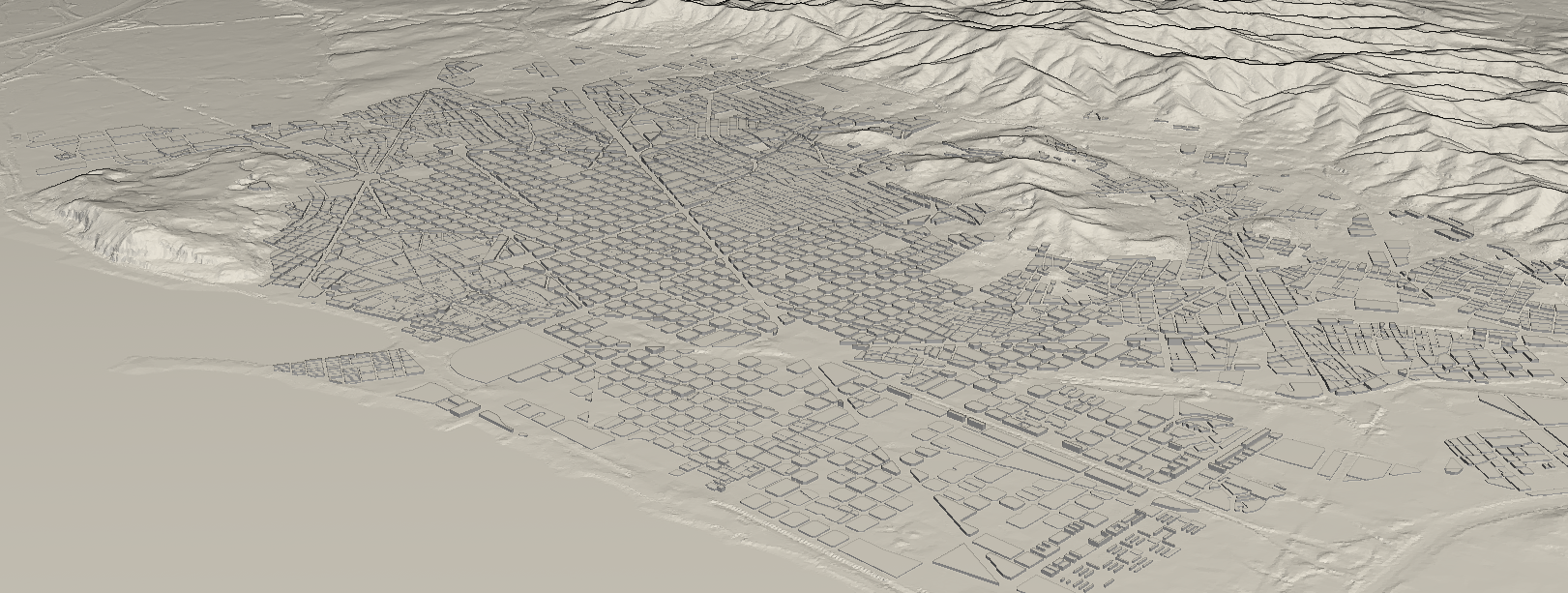
Urban-scale wind and atmospheric dispersal modeling using CFD and mass-consistent approaches. Automatic city meshing including buildings and underlying terrain. Air quality mapping based on sensor deployment and linearized CFDs at city scale.
Summary
The increase in computational resources has allowed to couple mesoscale numerical weather prediction models (WRF), having typical grid resolutions of kilometric size, with microscale mass-consistent or Computational Fluid Dynamics (CFD) codes solving for wind over complex terrains and/or at building scales. Urban-scale wind and atmospheric dispersal simulations require of accurate geometric descriptions of buildings and underlying terrain. For this, we combine Digital Elevation Models (DEM) for the underlying terrain, a cadastre of the target city (or metropolitan area) to limit the city blocks/buildings and LiDAR data to retrieve building elevation above terrain. The automatic procedure allows for a high-resolution computational mesh of a city used to solve for hourly winds and pollutant dispersion.
Objectives
- Monitoring of urban air quality parameters through numerical simulation.
- Traffic information specification, the traffic and air quality visualization and the information delivery.
